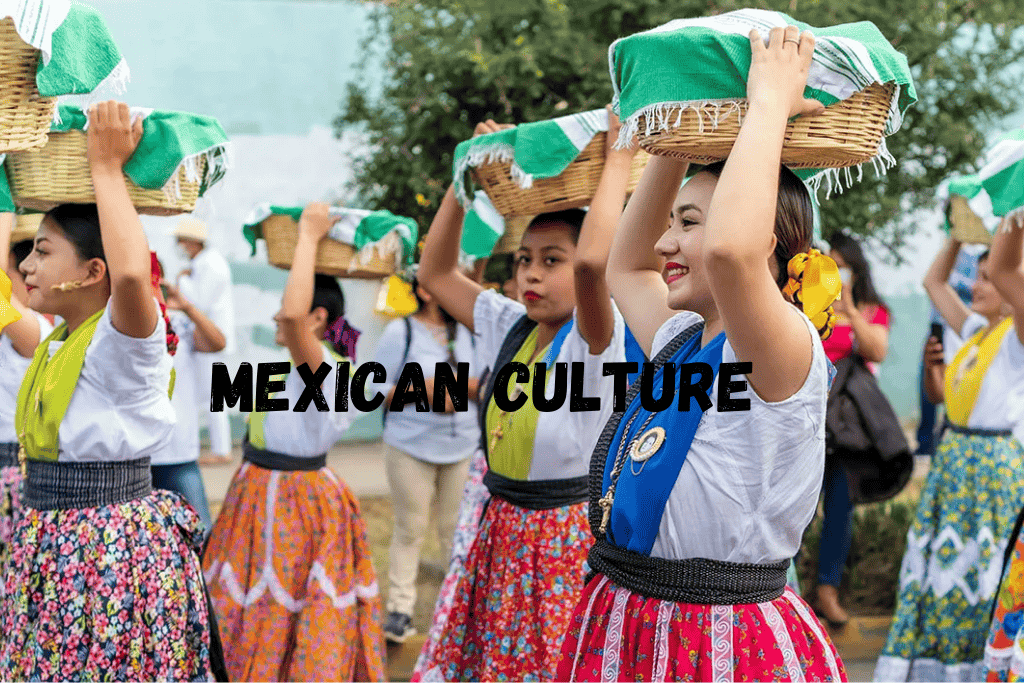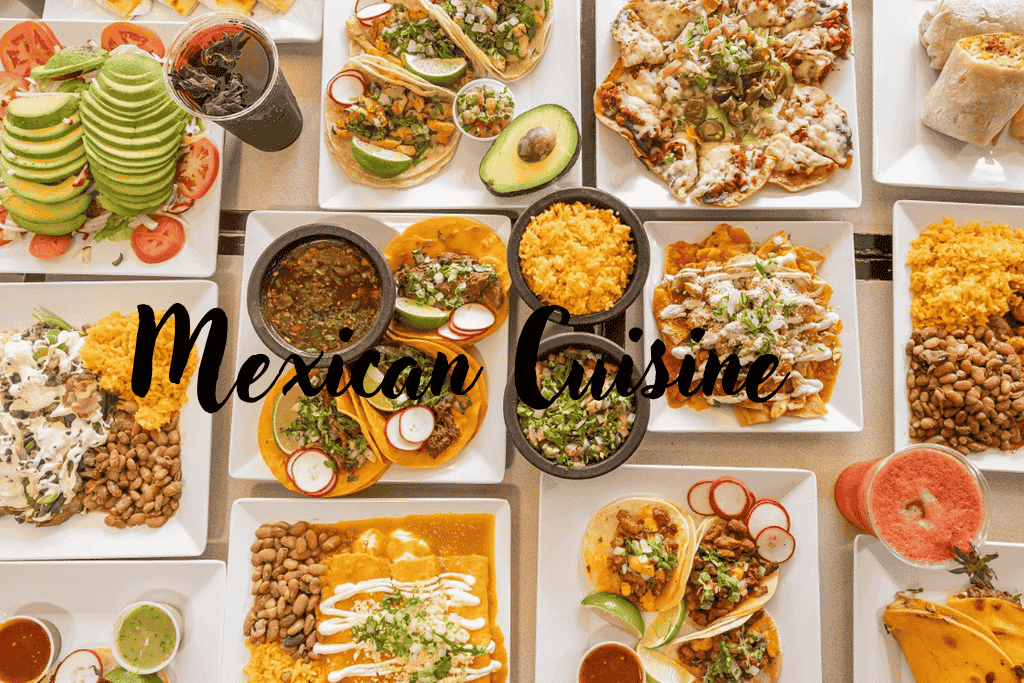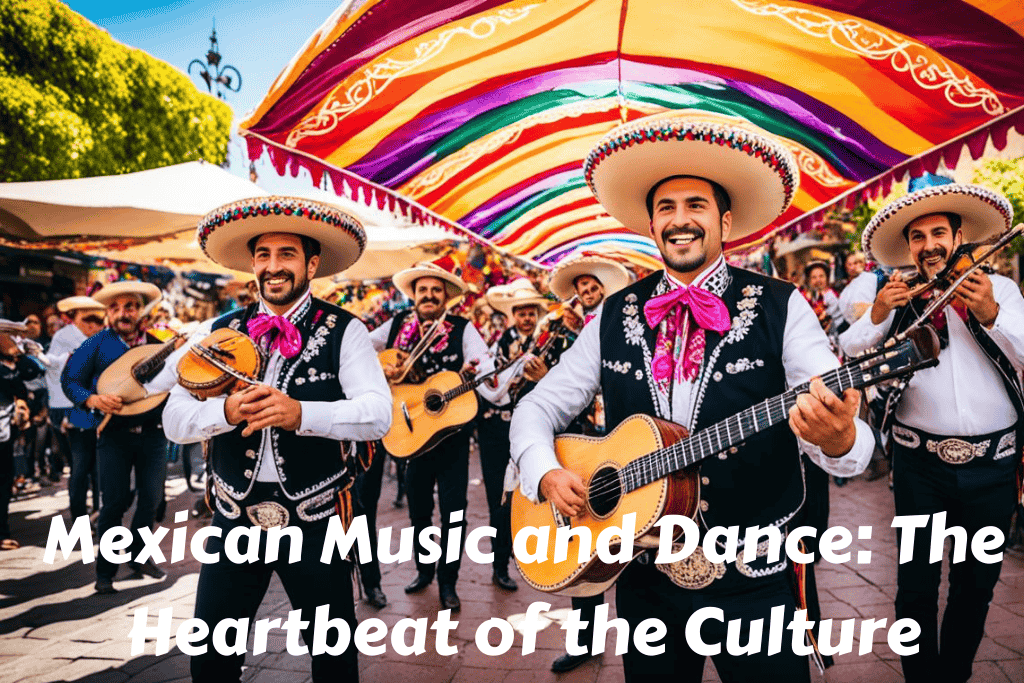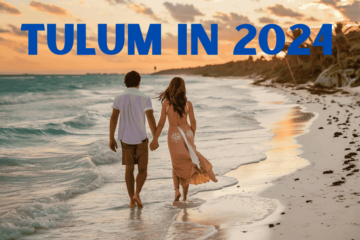Hello, cultural explorers! Mexico is a country to visit for travel lovers who long to experience the Mexico culture in history, art, and festivities deeply. Mexican culture is a mixture of Native American and Spanish, and here we can again describe art, cuisine, music, and holidays.
This guide to Mexico culture in 2024 will help you expand your knowledge about this country and its interesting and attractive for tourists. Now that you know the trip’s highlights, it is time to take a closer look at the core parts of Mexican culture that you will discover!
Let’s discuss it!
Table of Contents
The Roots of Mexican Culture

The appearance of Mexican culture can be traced back thousands of years of the history of the people living there. They have adapted materials and motives from the more ancient roots of their heritage, like the Maya and the Aztecs: peoples who, in fields such as astronomy, architecture, and agriculture, elicited impressively progressive results.
This culture received a new acculturation when the Spaniards entered the region in the 16th century, impacting its language, religion, and art.
Mexico has now adopted a multicultural face and is quite a developed country. People here can vouch that everything we see here has a history attached to it, be it the food, art, music, attire, or festivals they celebrate.
Mexican Art: A Living Legacy
Mexico Culture: Ancient Art and Architecture
The art of Mexico has pre-Hispanic origins, and some of the most famous pieces in this country pertain to the art of earlier cultures. Some of the amazing architectural attractions include Teotihuacan, Chichen Itza, and Palenque—the architectural designs and well-carved stoneworks confirm Art and Aztec artistry. Per UNESCO, such sites are visited by millions of tourists every year and should serve as examples of Mexico’s pioneering spirit.
Folk Art and Handicrafts
Folk art from Mexico can be as bright and unique as the country itself. Ceramics, textiles, and metal products that characterize NBA are indigenous practices inherited from a previous generation.
For instance, Oaxaca City is now well-known for its black pottery art and embroidered products, while Michoacán is recognized for copper handicrafts. As more people embrace cultural and artistic items made from environmentally friendly materials, Mexico’s artisans will be on the global map in 2024, and many visitors are keen on such handmade products to take home.
The Flavors of Mexican Cuisine

Mexican food is among the country’s most vibrant cultural resources. UNESCO has included Mexican food on its Intangible Cultural Heritage of Humanity list, which is relatively quiet with food.
Staples of Mexican Cuisine
Fundamentally, Mexican cuisine revolves around occupational crops such as corn, beans, and chili, which ancient Mexican civilizations utilized. Tacos, tamales, and tortillas are basic Mexican dishes prepared with these basic grains, along with salsas or guacamole.
Every area in Mexico has its authenticity; for instance, they’ve got a mole in Oaxaca and cochinita pibil in Yucatan, not forgetting the various tastes and foods it comes with.
Mexican Street Food: A Must-Try Experience
Street foods of Mexico also bear the pride of Mexico’s rich cultural heritage. From hole-in-the-wall taco joints to vendors with churros and corn on the cob in wheeled stalls to tamales stands, visitors can taste some parts of this country’s culture at a reasonable price.
New market surveys reveal that street food markets or hubs such as the Mercado de San Juan in Mexico City are among the most frequent go-to edible destinations.
Popular Mexican Drinks
The beverage section is also as diverse and characterizes the beverage industry in Mexico. Tequila and mezcal are well-known brands globally, and tequila manufacturing is mainly produced in Jalisco.
Pulque, an old Mexican drink made from fermented agave, is returning to the radar as popular among the youth. By 2024, cocktail bars in the major cities in Mexico will be compromising traditional flavors by including hibiscus, tamarind, and chili into the modern cocktails list.
Festivals: Celebrating Life and Heritage
Mexican festivals can be widely characterized as the most vibrant and effulgent festivals worldwide due to the syncretization of beliefs with a religious touch. Here are a few you should consider experiencing in 2024:
Carnaval
Carnaval is a festival held immediately before Lent, usually in late February or early March. Mexican cities such as Mazatlán, with a large seaport, also have great Carnaval festivities, including floats, fireworks, and vivid costumes.
Two of the most interesting celebrations are held in Veracruz and Campeche, and while the general idea of the celebration is the same, the two places add their flavor. Carnaval is an active, focused celebration of music, dance, and togetherness symbolic of Mexican energy.
Guelaguetza Festival
Organized in July each year and practiced only in the state of Oaxaca, the Guelaguetza Festival offers performances in songs and dances and special headdresses and costumes typical of the indigenous population.
This is a show of acknowledgment of Oaxaca’s Indigenous population and culture, and every year, thousands of visitors witness this festival. Guelaguetza, translated as the “offering” or “mutual help” in Zapoteco, is the leading example of community and cultural unity.
Mexican Music and Dance: The Heartbeat of the Culture

Mexico’s music and dance traditions are an inalienable part of its culture. Music is immeasurably important for Mexicans, whether classical, pop, rancheros or corridos, rock En español, or Cumbia.
Traditional Mexican Music
The most famous type of music connected with Mexican culture is mariachi. Mariachi music originated in the state of Jalisco and is usually played by a group of musicians dressed in charro clothes.
Mariachi performances are expected to be present in restaurants, squares, events, and many more social places all over Mexico in the year 2024, more specifically in Guadalajara, which is the rooted origin of mariachi.
Ballet Folklórico
The Ballet Folklórico de México is recognized internationally as an excellent company based in México City, performing México’s folkloric dances and attire. It is shown in the Palacio de Bellas Artes, where dancers represent legends and histories of Mexico.
Mexican ballet folklórico performance is a stunning spectacle that can bring particular satisfaction to anyone wishing to acquaint themselves with the dances and music of Mexico.
Popular Modern Genres
Mexico’s contemporary music industry is also on the rise; pop music, rock music, reggaeton, etc., have massive audiences. Some of the current most famous pop artists are Luis Miguel, Thalía, and, more recently, Carlos Rivera.
Among the upcoming festivals in 2024, Vive Latino and Corona Capital are expected to be prominent holdings in Mexico City and feature both nationals and other artists.
The video following is about Cultural Insights in Mexico | What You Need to Know
Handy Tourism: Focus on Mexico Culture
If you’re planning a trip to immerse yourself in Mexican culture, here are a few tips to ensure a smooth and enjoyable experience:
- Learn Basic Spanish: Although many Mexicans in the regions popular among tourists will try to speak English, it is much more meaningful and interesting to learn at least simple phrases in Spanish.
- Respect Local Customs: Mexicans are expected to show respect to authority in matters of faith or when in a Church. Women and girls should wear clothes that cover up during their visits to churches or when attending festivals.
- Stay Hydrated and Pace Yourself: Mexico has a tropical climate, and at altitude, especially in Mexico City, the climate may need to be more friendly. Hydrate, and take it easy if you are moving to a new environment.
Conclusion
In conclusion, Mexico has a diverse culture, and it will be very rewarding for any traveler to visit Mexico in 2024. The art and the food are exquisite, and enhancing this is the ability to find and see the history and traditions in almost any corner of Mexico in the form of festivals.
Whether walkers walking over centuries-old ruins at Mexico’s historic sites, taking a bite of traditional street tacos, or dancing to a live Mariachi band, each experience involves a richer interaction with the country’s rich cultural heritage.
Are you ready to immerse yourselves in this sea of social culture? Out of all the cultural practices in Mexico with which people in the United States appreciate association, which one do you feel is most or least interesting?
FAQs
- What is it recommended to eat while visiting MX?
That is why some mouthwatering specialties include tacos, tamales with chicken or meat, mole, and elite. Different regions serve different specialties, so people should use different foods based on where they are.
- When is the best time for Mexican festivals?
It is recommended that you go in April/May and September/October, although any time during the autumn months should also be fine—perhaps with a focus on the evening before Día de los Muertos, which will be on October 31st/November 1st. Another perfect time to go is in February during Carnaval.
- Is it safe to eat Mexican street foods?
It is safe to eat Mexican street food because busy and clean vendors avoid contamination of foods. Do not consume fruits that have been washed with local water, especially if you are allergic to them, or do not take ice cream if the water used to prepare it is from the region.
- Where can I enjoy the Mexican music type, which is more traditional?
Rituals such as proper mariachi performances are held in places like Guadalajara and Mexico City. You could also choose to watch Ballet Folklórico in the Mexico City area.
- What are some of the famous artworks in Mexico?
Ruins, folk crafts, great artwork, and Diego and Diego Rivera murals are part of Mexiart. Other scenes, including those in contemporary art, are also active, especially in Mexico City.
ulvinar dapibus leo.




